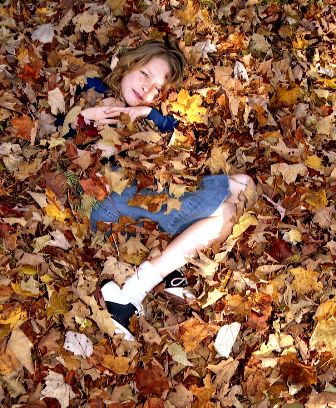How Do Plants Know It's Fall?
1 Corinthians 15:37-38
“And that which thou sowest, thou sowest not that body that shall be, but bare grain, it may chance of wheat, or of some other grain: But God giveth it a body as it hath pleased him, and to every seed his own body.”
In the fall the plants and trees of much of the Earth’s northern hemisphere prepare for winter. Flowers lose their petals, and the leaves fall from trees as the air begins to become cooler. But there is far more to this change in the plants than simply a response to lower temperatures.
 Many, if not most, plants measure the relative length of darkness to light in a 24-hour day to tell them to prepare for winter. In a similar way, they measure the relative length of light to darkness to tell them to prepare for spring. Other living plants seem to integrate time and temperature to prepare for the seasonal change. Apple buds, for example, need 1,000 to 1,400 hours of near-freezing temperatures before they even think about spring.
Many, if not most, plants measure the relative length of darkness to light in a 24-hour day to tell them to prepare for winter. In a similar way, they measure the relative length of light to darkness to tell them to prepare for spring. Other living plants seem to integrate time and temperature to prepare for the seasonal change. Apple buds, for example, need 1,000 to 1,400 hours of near-freezing temperatures before they even think about spring.
When winter finally arrives, we may wake up to what is a white and seemingly sterile world. It is then hard to believe that the plants and trees are out there sleeping while measuring time and temperature to be awake again in the spring.
It is no less a mystery to all of us that one day the dead will rise and believers will spend eternity with their Lord and Savior, Jesus Christ. Yet, life rising so gloriously out of the apparent dead of winter shows a similar power of our Creator on a smaller scale.
Prayer:
Dear Lord Jesus Christ, I look forward to the time when You shall return to Earth and raise me and all believers to life once again. Help me each day to prepare for eternity with You. Amen.
Notes:
Photo: Courtesy of Tom O Hitz. Licensed under the Creative Commons Attribution-Share Alike 2.0 Generic license.